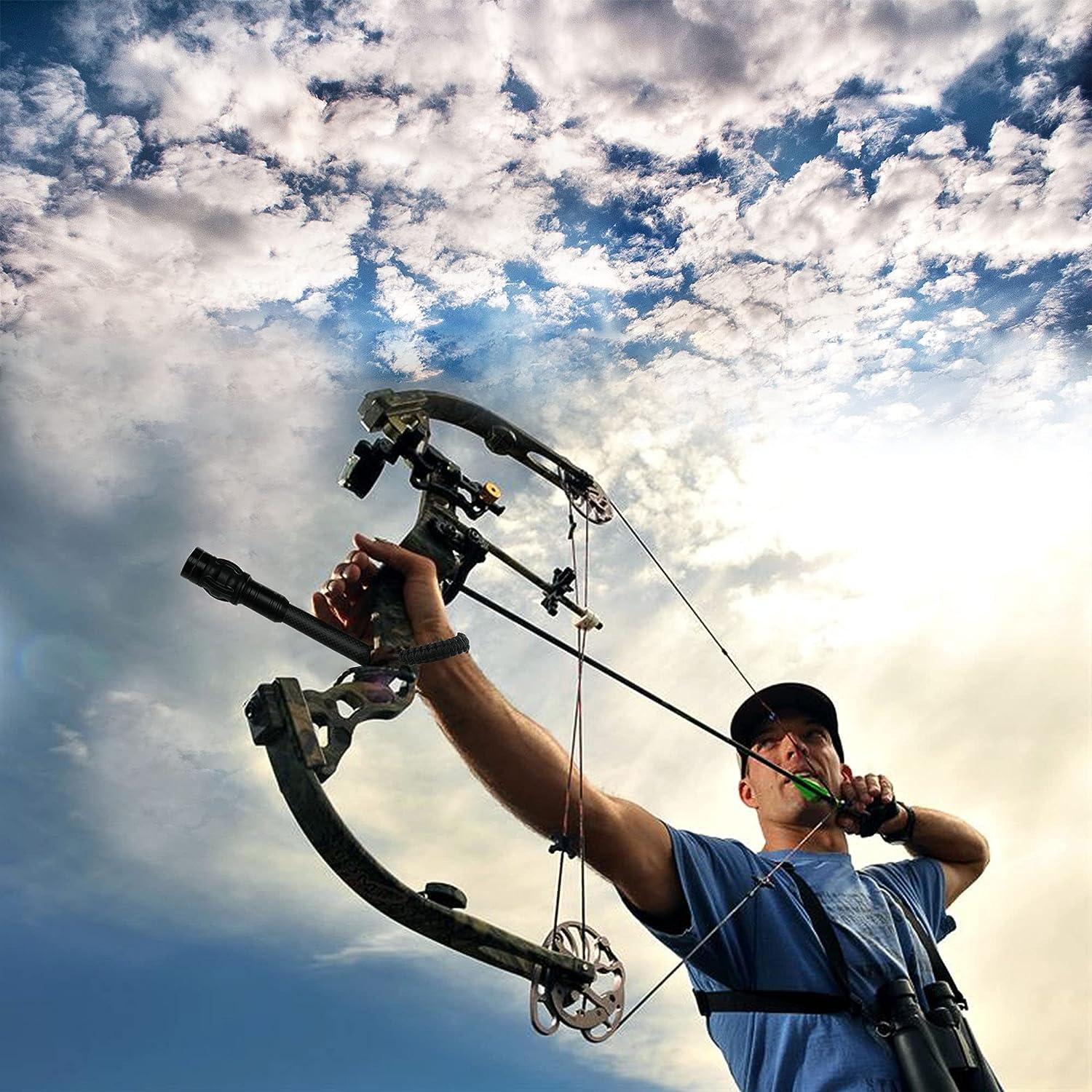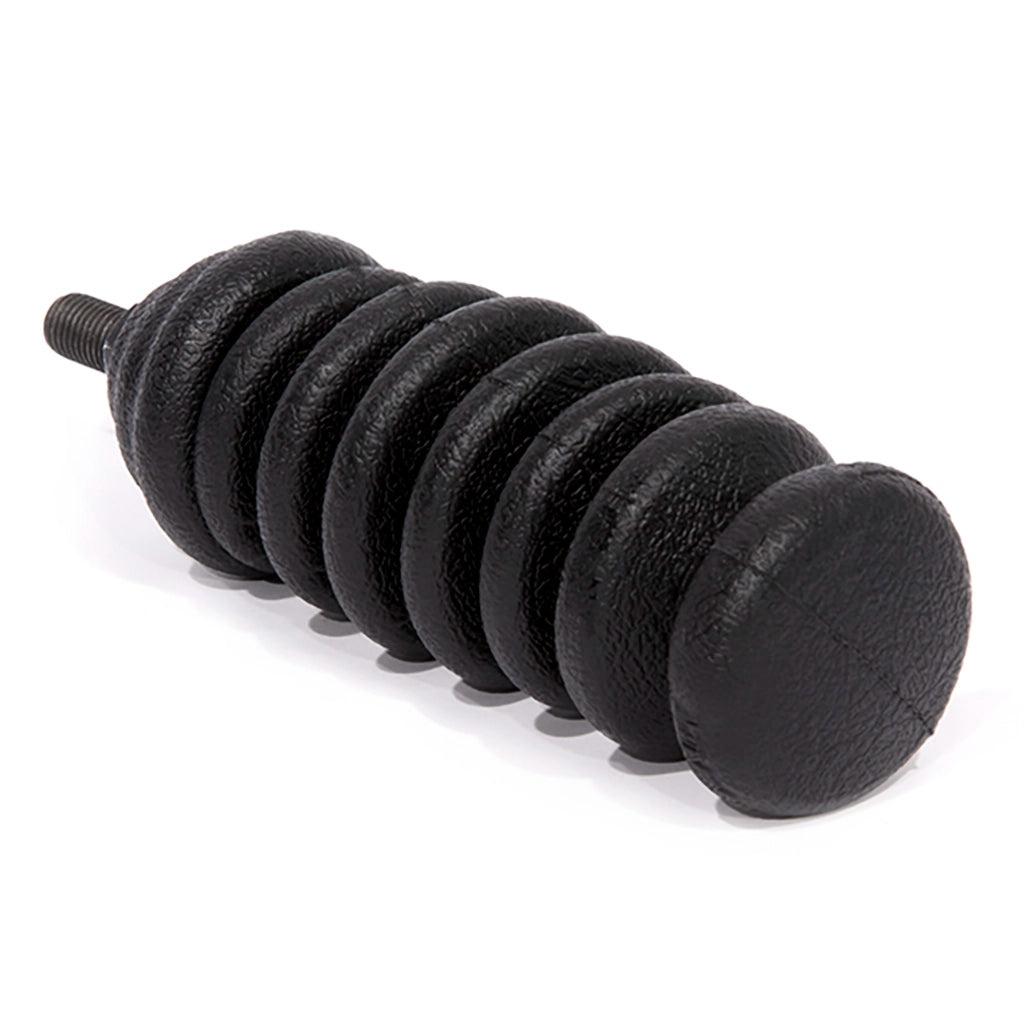Master the Art of Archery: Comprehending the Significance of a Stabilizer in Your Arrangement
Whether one is a seasoned archer or simply beginning their trip, the importance of a stabilizer in their arrangement can not be overstated. By recognizing the benefits of making use of a stabilizer, thinking about the appropriate aspects when choosing one, and effectively installing and readjusting it, archers can elevate their abilities to new heights.
The Role of a Stabilizer in Archery
A stabilizer plays a critical role in archery by boosting balance and minimizing vibrations throughout the shot. When an archer attracts the bowstring and releases it, there is a transfer of power that can trigger the acquiesce vibrate. These resonances can negatively influence the accuracy of the shot. A stabilizer helps to combat these vibrations by taking in and dissipating the energy.
Among the main benefits of a stabilizer is its capability to enhance equilibrium. When an archer holds a bow, it can be testing to keep a constant aim. The weight of the stabilizer assists to distribute the weight uniformly, minimizing the pressure on the archer's arm and boosting security. This permits the archer to concentrate on their purpose and execute a more accurate shot.
In addition to balance, a stabilizer likewise assists to lower torque. The weight and layout of a stabilizer neutralize this rotation, making sure an extra exact and constant shot.
Benefits of Using a Stabilizer
The application of a stabilizer in archery uses various benefits that boost an archer's performance and total capturing experience. By absorbing and moistening these vibrations, the stabilizer boosts the stability of the bow, allowing for more specific and constant shots.
Second of all, a stabilizer helps to stabilize the bow by including weight to the front end. This weight distribution combats the all-natural tendency of the acquiesce tip onward upon release, minimizing the quantity of movement and improving the archer's capacity to maintain goal on target.

Finally, a stabilizer can also function as a shock absorber, decreasing the shock and recoil experienced upon release. This not just improves the comfort of shooting however additionally lessens the danger of injury or strain on the archer's body.
Exactly How a Stabilizer Improves Precision
Enhancing the accuracy of an archer's shots, a stabilizer plays an essential duty in enhancing total performance. archery stabilizer. By including stability to the bow, a stabilizer aids reduce the undesirable motion and resonance that can happen throughout a shot. This reduction in movement permits the archer to maintain a steady goal, leading to even more consistent and precise shots

Additionally, a stabilizer helps to wet resonances that take place upon launch. These vibrations can trigger the bow to drink, influencing the arrow's trajectory and accuracy. By soaking up and dissipating these vibrations, a stabilizer aids to preserve the bow's stability and ensure a smooth and exact shot.
Furthermore, a stabilizer can also help in balancing the weight circulation of the bow (archery stabilizer). By adding weight to the front of the bow, a stabilizer helps to stabilize the weight of accessories, such as views or quivers, which might be connected to the bow. This balanced weight circulation helps the archer keep a stable and controlled capturing position, causing improved precision
Elements to Take Into Consideration When Selecting a Stabilizer
When picking a stabilizer for your bow, it is important to think about a number of variables that will contribute to its general efficiency and viability for your specific capturing design. The first aspect to take into consideration is the size of the stabilizer.
An additional factor to consider is the weight of the stabilizer. The weight of the stabilizer can influence the balance of your bow. A heavier stabilizer can assist to boost and reduce resonances security, causing a steadier look at this web-site shot. However, a lighter stabilizer might be favored by shooters that focus on ability to move and rate.
In addition, it is vital to consider the design and building of the stabilizer. Some stabilizers have flexible functions, such as adjustable length or adjustable weights, which enable you to personalize the stabilizer to your details needs. The products made use of in the construction of the stabilizer can also impact its performance. Carbon fiber stabilizers are lightweight and resilient, while aluminum stabilizers use an equilibrium between weight and rigidness.
Last but not least, it is vital to consider your capturing design and preferences. Various stabilizers might function much better for sure shooting designs, such as target shooting or hunting. It is suggested to speak with knowledgeable archers or experts to figure out which stabilizer will best suit your specific demands. On the whole, taking into consideration these factors will certainly assist make certain that you choose a stabilizer that enhances your shooting experience and enhances your precision.
Tips for Properly Mounting and Adjusting a Stabilizer
Appropriate installation and adjustment of a stabilizer is crucial for enhancing its efficiency and guaranteeing ideal capturing accuracy. When installing a stabilizer, it is necessary to adhere to a couple of essential actions to guarantee its effectiveness. Establish the appropriate length of the stabilizer based on your shooting style and choices. Longer stabilizers give more stability however can be much less manoeuvrable, while shorter stabilizers use raised maneuverability however might give up security. Connect the stabilizer to the bow making use of the supplied placing hardware when you have selected the proper size. Ensure that the stabilizer is securely secured and straightened with the bow's riser.
After setting up the stabilizer, it is required to make adjustments to attain the wanted balance and shot uniformity. Begin by changing the weight distribution along the stabilizer. This can be done by including or eliminating weights from the stabilizer's weight system. Explore different weight configurations to locate the equilibrium that works best for you. In addition, take into consideration changing the angle of the stabilizer to fine-tune the shot. A slight onward or in reverse tilt can affect the bow's balance and just discover this how it reacts throughout the shot.

Conclusion
In final thought, a stabilizer plays a try these out critical duty in archery by enhancing accuracy and reducing bow torque. When picking a stabilizer, aspects such as material, length, and weight must be thought about to satisfy private needs.
Furthermore, a stabilizer can additionally assist in stabilizing the weight distribution of the bow. By including weight to the front of the bow, a stabilizer aids to balance the weight of accessories, such as quivers or views, which may be connected to the bow. Some stabilizers have flexible features, such as flexible size or adjustable weights, which permit you to customize the stabilizer to your certain demands. Carbon fiber stabilizers are lightweight and sturdy, while aluminum stabilizers provide an equilibrium between weight and rigidness.
Longer stabilizers offer even more stability however can be much less maneuverable, while much shorter stabilizers offer boosted maneuverability however may compromise stability.